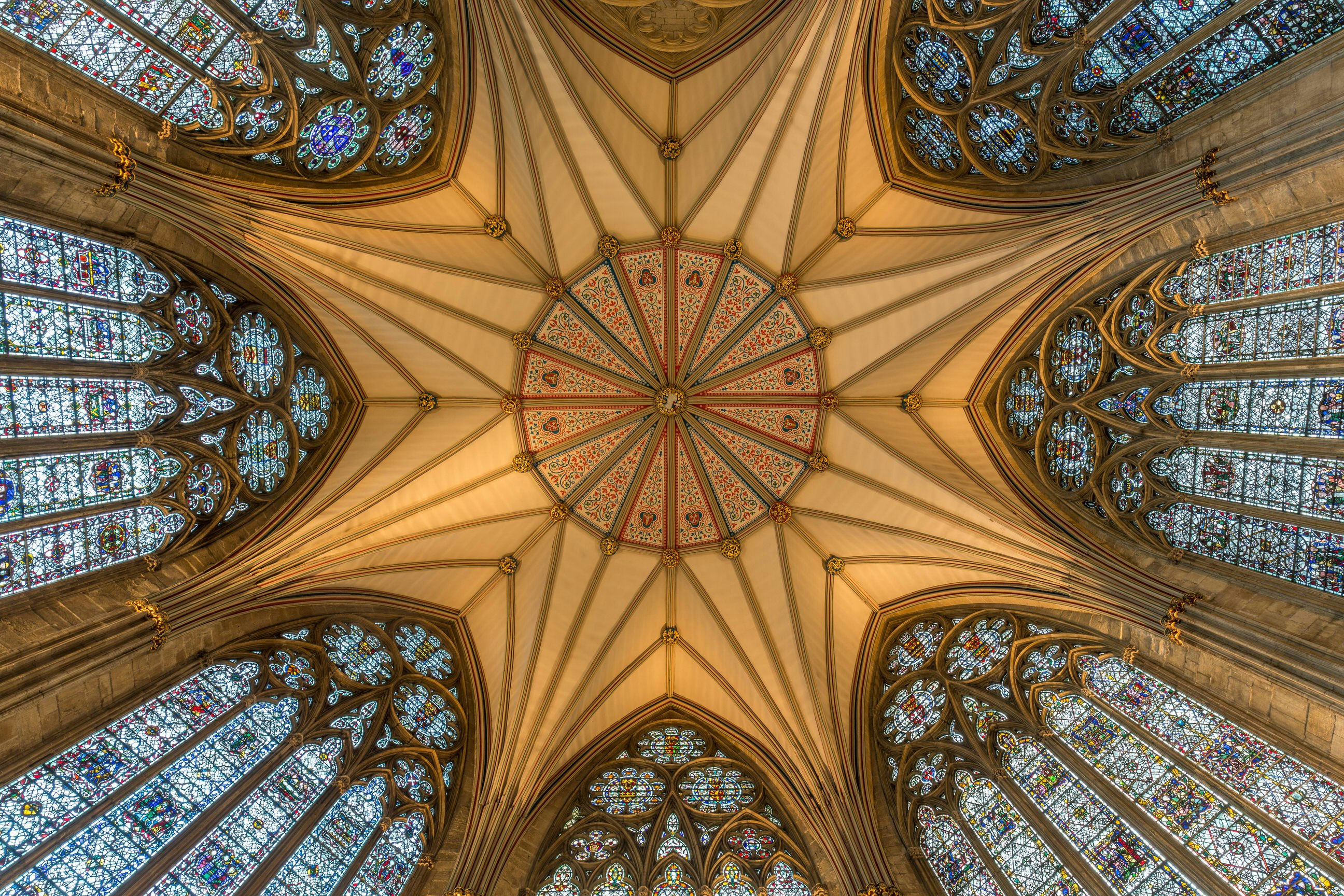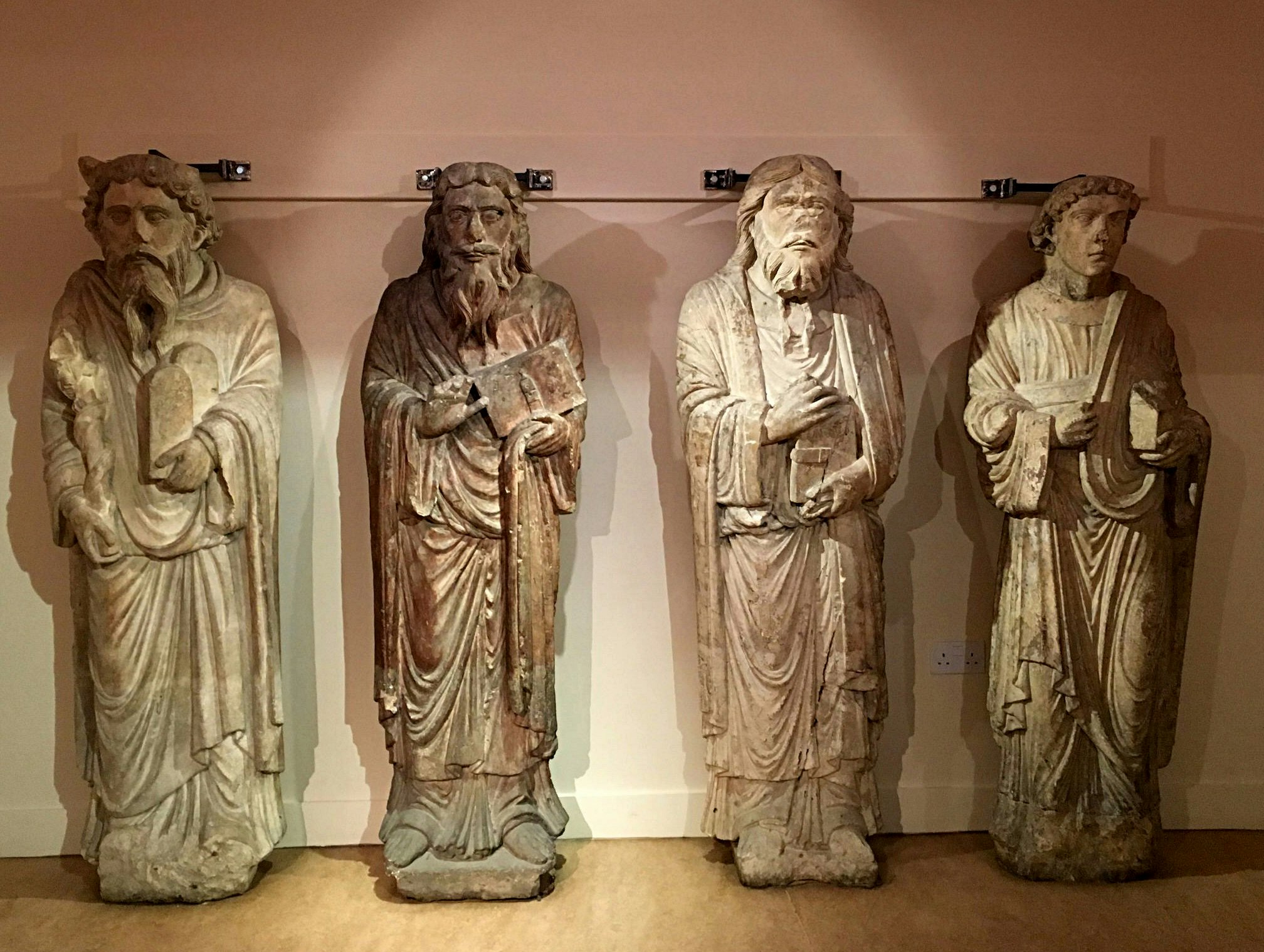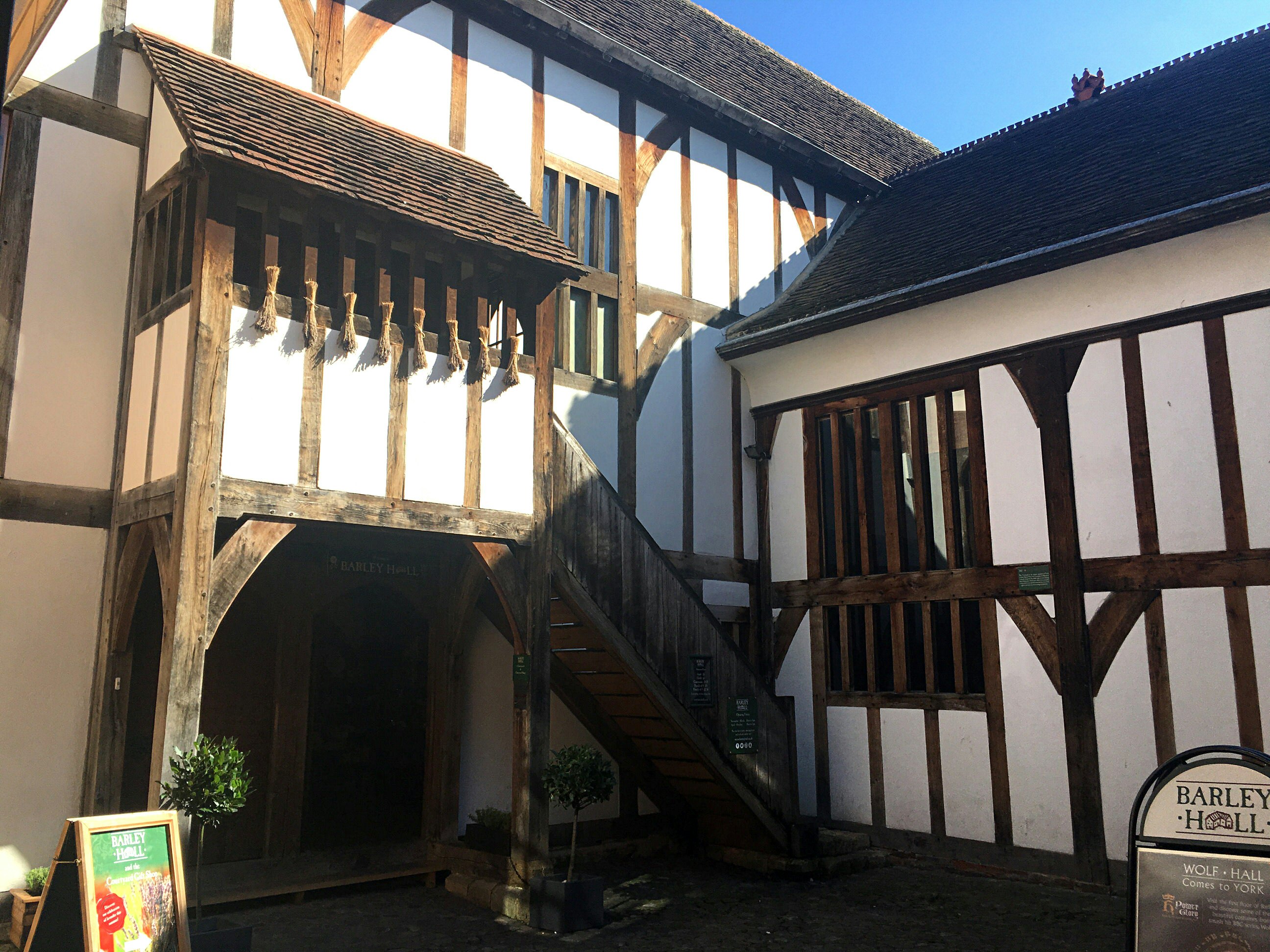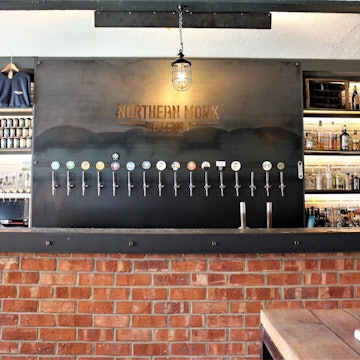

The Chapter House in York Minster is one of many medieval wonders in this most historic of cities © Phil MacD Photos / Shutterstock
Nowhere in England packs as much historical might into as small a space as York. From Romans and Anglo-Saxons to Vikings and Normans, the list of former inhabitants is a long one and the visible reminders of their presence today many, with the medieval period taking the historical limelight thanks to the monarchs and merchants who left indelible fingerprints on England’s northern heart.

A thick stone wall hugs York’s ancient core, punctuated by fearsome ‘bars’ (medieval gates) guarded by wooden portcullises. Within, streets laid out by Vikings and confusingly called ‘gates’ (from the Viking ‘gata’, meaning street) are surprisingly easy to navigate. These, along with timber-framed houses, are hallmarks of the city, as are its Norman castle tower and gigantic 13th-century minster. Here’s how to make sense of York’s vast historical lineage on a two-day break.
Day One
Morning
York Minster has as many layers as an onion and as such it makes a good introduction to the city’s past. The site was first appropriated by the Romans as an important military base from 71AD and named Eboracum – before entering, check out the statue of Constantine the Great, who was proclaimed emperor here in 306AD. Inside, the Undercroft museum exhibits relics that were unearthed during emergency engineering works to shore up the cathedral in the 1960s and 70s: a glass floor highlights the remains of a Roman basilica; above that were found the remains of Anglo-Saxon and Viking settlements, including ornate gravestones now on display; and closest to the surface sit the foundations of the Norman minster, the building that set the stage for the Gothic confection we see today.
At the Yorkshire Museum in Museum Gardens you can learn more about Roman Eboracum and its people, and there’s also an extensive exhibition on medieval York. Between museum visits, the gardens themselves are a delightful stroll through time. See the gaunt ruins of 13th-century St Mary’s Abbey, the hulking medieval Hospitium, and Roman Multangular Tower – York’s most significant surviving Roman relic.

Afternoon
York businesses have a knack for reimagining abandoned historic corners and the Perky Peacock – a third-wave coffee shop beside Lendal Bridge – is one such place that makes a cosy spot to stop for lunch. It inhabits Barker Tower, a 14th-century watchtower from where ferrymen would transport people across the river, 400 years before the bridge was built.
Make Jorvik Viking Centre your main afternoon stop. Incongruously situated within a modern shopping centre, it pinpoints the location of the Coppergate archaeological dig where the remains of Jorvik – York’s Viking settlement – was uncovered in the 1970s. The city thrived as a vast international river port under Viking dominion for two centuries from about 866AD; silks found at the site suggest traders would have come from as far as Arabia to ply their wares here.
The museum’s costumed staff may be a bit kitsch, but the overall experience is educational, impressive and immersive. The unique part is an amusement park-style ride through the (rather pungent) reconstructed warts-and-all Viking settlement, populated by animatronic Vikings – listen out for Old Norse and Old English being spoken amid the cacophony of city sounds.

Evening
Enjoy a thoroughly modern dinner at thoroughly medieval Grays Court. It is the oldest inhabited house in town, with its own walled garden backing onto York’s city walls.
Day Two
Morning
Begin day two where you left off day one, with York’s 2.5-mile defensive walls. One of the city’s top tourist attractions, a walk along them is a must. Partially following the foundations of the old Roman wall, the present-day walls started going up in 1218, and are still entirely walkable, with all four original bars as well as most of the interval towers intact.
Micklegate Bar, through which even today it is custom for British royalty to enter the city, and Monk Bar house museums on the lives of Henry VII and Richard III respectively. As rival descendants of King Edward III, both men were pivotal in the civil war from 1455 to 1485 that divided England and later became known as the Wars of the Roses – a protracted fight for the English crown between claimants linked to the Houses of York (Richard) and Lancaster (Henry).

Exhibits within the timber-framed bars explore this period of conflict, but also focus on life in medieval York when the city was England’s most important power base outside of London, flourishing as a city of artisans, merchants, knights and politicians. On a darker note, Blossom St, outside Micklegate, is thought to have earned its name from the flower petals nuns scattered outside the gate to mask the stench of rotting flesh from spiked heads mounted here – a practice that only ended in 1745.
York’s medieval clout created a look that has endured the test of time – you can see it walking down The Shambles, a street of bent Tudor buildings that lean in to greet each other, which JK Rowling said gave her inspiration for Diagon Alley in the Harry Potter books. Merchant Adventurers’ Hall (where there’s a cafe for lunch) and Barley Hall are restored timber-framed mansions also worth visiting. Barley Hall was rediscovered in a back alley in the 1980s, hidden behind a modern facade on a site slated for demolition. It was resurrected by the same team who went on to rebuild Shakespeare’s Globe theatre in London and, unlike the Shambles, which is crammed with tourists, it is blissfully quiet and atmospheric – even some locals are unaware of its existence.

Afternoon
Spend time getting up to speed with the last centuries of the second millennium at York Castle Museum. A repository for the city’s social history, here you can peer behind the curtain of Georgian drawing rooms, sample York’s chocolate heritage (the city produces 3.5 million Kit Kats every day), and meander through a brilliantly reconstructed Victorian high street before entering the trenches of the First World War.
As for the castle after which the museum is named, nothing is left except for Clifford’s Tower, and even that is a later addition – both the original castles erected in York after the Normans quelled a rebellion here in 1068 were swiftly burnt to the ground.

Evening
After all this, you’ll need a drink and York has the ideal spot, Brew York. A microbrewery tap room where you can sample Yorkshire’s progression from 20th-century traditional English ale and bitter producer to bastion of new-world hops and craft beer experimentation. What better way to celebrate two millennia and round off your time-travelling trip?















